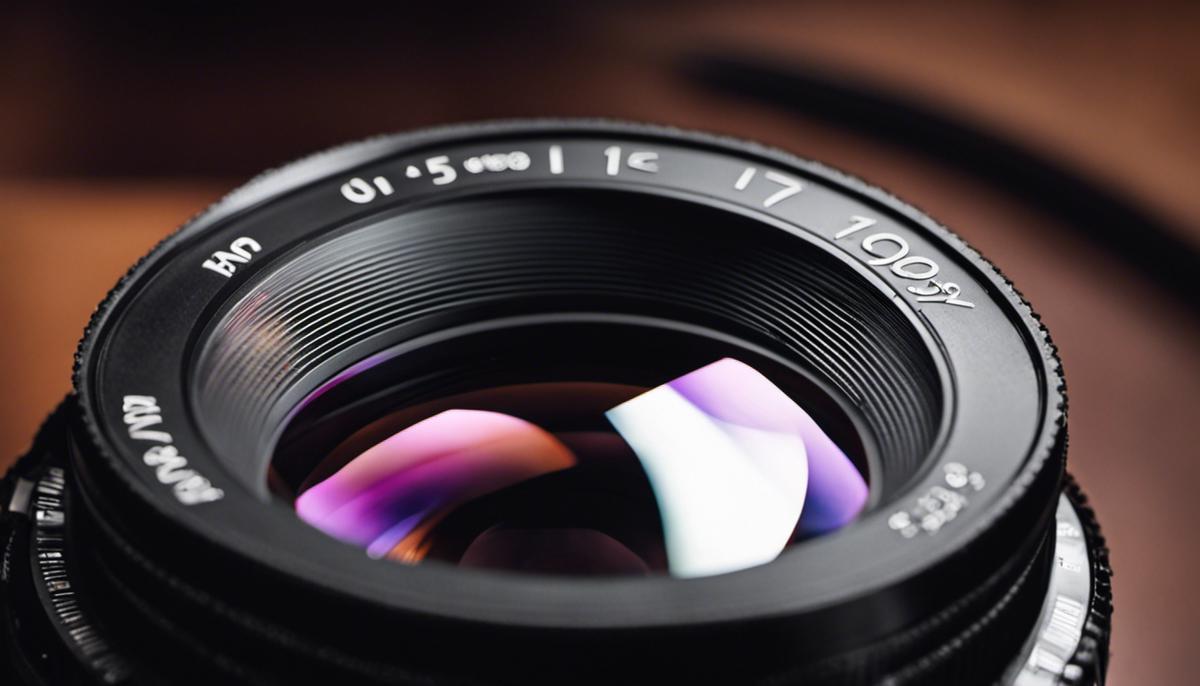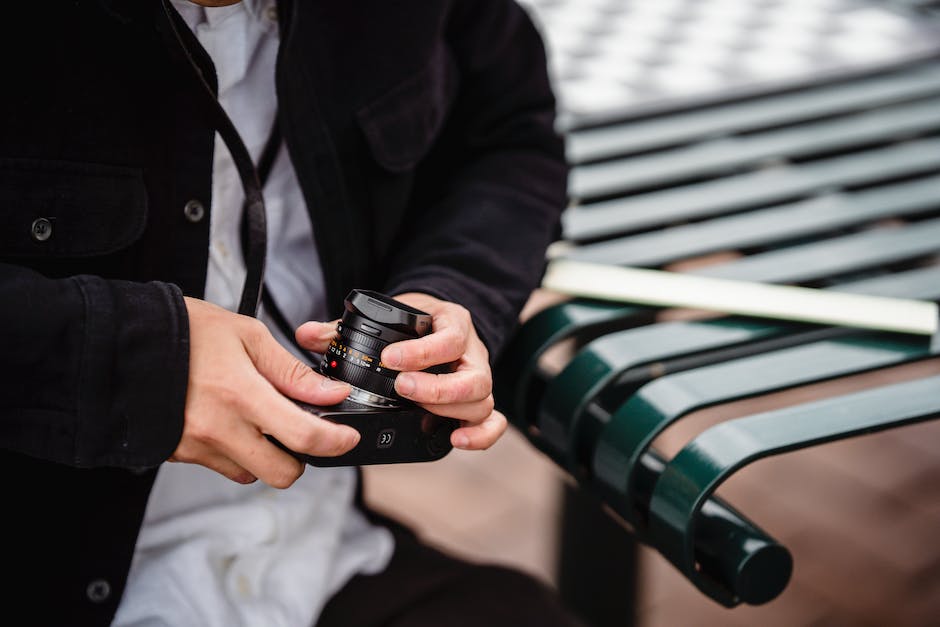The beauty of photography art lies not only in the visible outcomes but also the intricacies of its making. Behind every stunning photograph, there lies a sophisticated mesh of measures and ratios that photographers use to attain perfect shots – from the delicate balances of exposure to the profound depths of focal lengths. This essay introduces the key units of measurement in photography—Megapixels, Inches/ Centimeters, ‘Stops’, Aspect Ratios, and even Lumens and Lux all play a defining role in photography. By better understanding these measurements, you will be able to make informed decisions that enhance every element of your photos, from capture to print.
Understanding Key Photography Measurements
Understanding Megapixels in Photography
Megapixels are the unit of measurement that define the resolution of an image captured by a camera. One megapixel is equivalent to one million pixels, and each pixel represents a small square of color that combines with others to form the complete image. The more megapixels a camera has, the greater the detail and clarity of the image, because more pixels are used to capture the scene. For example, a 12-megapixel camera can produce images with 12 million tiny squares of color. Knowing the number of megapixels a camera has can help you choose the right equipment for your needs, whether you’re aiming for high-resolution, large-scale prints or smaller, web-based images.
Print Size: Inches and Centimeters
When printing images, the size of the print is typically measured in inches or centimeters. This size refers to the physical dimensions of the printed photo rather than the number of pixels in the image. For instance, an 8 x 10 print is 8 inches by 10 inches, while an A4 print is approximately 21 x 29.7 centimeters. Print size is crucial when deciding on how large you want your final photo to be. It factors into frame selection, display possibilities, and overall visual impact. However, remember that larger print sizes demand higher resolution images to maintain image quality.
The Concept of ‘Stop’ in Photo Exposure
In photography, a ‘stop’ is a unit of measurement that describes the amount of light that a camera’s sensor captures. Increasing exposure by one stop doubles the amount of light, creating a brighter image. Conversely, reducing the exposure by one stop halves the amount of light, resulting in a darker image. Stops are used to quantify changes in aperture, shutter speed, and ISO, thereby offering you control over the brightness or darkness of your photo, depth of field, and how motion is captured. Understanding the concept of a ‘stop’ in exposure can therefore dramatically enhance your control and creative expression in photography, enabling you to better manipulate light for desired results.

Appreciating the Importance of Aspect Ratio
Understanding Aspect Ratio in Photography
Aspect ratio is a fundamental measurement in photography that dictates the shape of your image. It is defined as the relationship or ratio between the width and the height of an image. It helps to determine the framing of your photos and affects the composition.
Common Aspect Ratios
The common aspect ratios in photography are 4:3, 3:2, and 1:1. The numbers represent the relationship between the width and the height of the image. For example, a 4:3 aspect ratio means the image is 4 units wide and 3 units tall.
A 3:2 aspect ratio is the most commonly used and is the standard ratio for 35mm film cameras and full-frame digital SLRs. This ratio is generally preferred as it provides a good balance of height and width, suitable for a variety of subjects and situations.
The 4:3 aspect ratio is larger in terms of height when compared with 3:2 and is commonly used on Micro Four Thirds cameras, some compact cameras, and smartphones. It offers a more squarish format that is suitable for specific scenes, such as portraits or product shots.
A 1:1 aspect ratio, on the other hand, is a square. This ratio is having a renaissance in popularity thanks to social media platforms such as Instagram where square photos are standard.
Importance of Aspect Ratio in Framing and Composition
The choice of aspect ratio plays an important role in framing and composing your shots. It determines how much of a scene will fit into your photograph. For instance, a larger width – as in a 3:2 ratio – can make images seem more spacious and wider, a 4:3 ratio is considered more balanced, while a 1:1 ratio lends a unique aesthetic that can create a powerful visual effect.
Changing the aspect ratio can change the focal point and what elements are included or excluded from the shot. For example, for landscape photography, a wider aspect ratio like 3:2 can include more of the scenery, whereas a more square aspect ratio like 1:1 may produce a more intense focus on the main subject.
Hence, being familiar with different aspect ratios lets you manipulate your images to deliver the desired impact and evoke specific emotions from the viewer. Regardless of the aspect ratio, the goal is to strike a balance between telling a story and taking into account the overall aesthetics of the shot.

Learning about Focal Length and Aperture
Understanding Aperture: f/stops
An aperture is the adjustable opening in your camera lens that allows light to pass through to the camera’s sensor. In photography, it is measured in f/stops, which represent the ratio of the lens’s focal length to the diameter of the aperture. Higher f/numbers indicate a smaller aperture, while lower f/numbers indicate a larger aperture.
Impact of aperture on images:
- Exposure: Aperture is one of the three elements of the exposure triangle, alongside shutter speed and ISO. A larger aperture (low f/stop) allows more light in, resulting in a brighter image, while a smaller aperture (high f/stop) restricts light, yielding a darker image.
- Depth of Field: Depth of Field (DOF) refers to the area of your image in sharp focus. A larger aperture (low f/stop) leads to a shallow depth of field, blurring the background while keeping your subject in sharp focus. Conversely, a smaller aperture (high f/stop) extends the depth of field, meaning more of your scene will be in focus.
Interpreting Focal Length: Measured in Millimeters (mm)
The focal length of a lens is a measure of how ‘zoomed in’ your photos will be. The shorter the focal length (measured in mm), the wider the field of view, and the more of the scene you capture. The longer the focal length, the narrower the field of view, and the less of the scene you capture.
Impact of focal length on images:
- Field of View: A lens with a short focal length captures a wide view of a scene, making it ideal for landscape photography, while a lens with a long focal length can zoom in to capture distant subjects, making it perfect for wildlife or sports photography.
- Depth: The longer the focal length, the shallower the depth of field at any given aperture. This means with a longer focal length, you can achieve a blurred background even when using a relatively small aperture (high f/stop).
Getting to grips with the impact of aperture and focal length on your photos is crucial for controlling exposure, depth of field, and the field of view in your shots. By mastering these measurements, you can manipulate these elements to achieve the desired result in your images.

Exploring the Measurement of Light
Understanding Light Measurement in Photography: Lumens and Lux
Lumens and lux are two units that photographers use to measure light. Lumens refers to the total amount of light emitted by a source, such as a light bulb. For instance, a bulb that gives off 800 lumens is brighter than one that only produces 400. Lux, on the other hand, describes the amount of light that falls on a certain area. It’s calculated by dividing the total lumens by the area in square meters. If a 1000 lumen light bulb is concentrated on a 1 square meter area, then the illumination is 1000 lux. By understanding these measurements, photographers can evaluate and manipulate lighting conditions to their advantage.
Grasping the Concept of Exposure in Photography
Exposure is a fundamental concept in photography. It represents the amount of light that reaches your camera’s sensor. Overexposure happens when too much light is allowed in, leading to a washed-out image; underexposure occurs when not enough light is let in, resulting in a too-dark picture. Adjusting exposure brings aspects of a photo into clearer focus or creates specific moods. Exposure is usually controlled by adjusting the aperture (size of the opening in the lens), shutter speed (how long the sensor is exposed to light), and ISO (how sensitive the sensor is to light).
Deciphering Exposure Value (EV) in Lighting Conditions
Exposure Value (EV) is a number that represents a combination of a camera’s shutter speed and f-number (aperture size), providing photographers with a swift method to express a camera setting. EV is a handy unit when you want to capture scenes that have a challenging mix of dark and light areas. As a general guide, a rise in EV will result in a brighter image, while a decrease will generate a darker image. It’s essential to remember that each change in EV directly influences the image’s depth of field and potential motion blur, so adjustments need to be balanced for optimal results.
The Role of Light Measurements and Exposure in Image Outcomes
Understanding and using these measurements is pivotal in achieving desired image outcomes. For instance, a scene with low lux needs more exposure to capture details, while one with high lux requires less. Similarly, manipulating EV can preserve details in challenging lighting conditions. By learning these concepts and experimenting with them in practice, photographers can control their images to reflect their artistic intentions and accurately represent the scenes they capture.

Photography is an art where skilful play with different units of measurement offers monumental effects on the finished piece. Mastering the understanding of key photographic measurements like resolution, print size, and exposure, grasping the critical aspect of ratio scales, appreciating concepts like focal length and aperture, and diving deep into light measurement and exposure values is imperative in growing as a photographer. This knowledge will cast away ambiguity, opening doors to a world of precision that transforms the way you illuminate, compose and capture the world around you.
